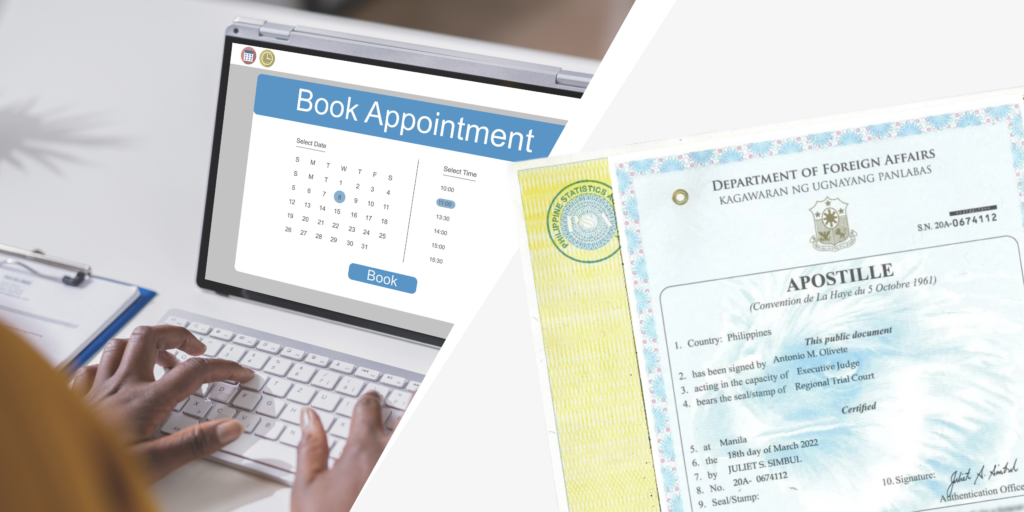What is a Certificate of Non-Tenancy?
This is a certificate issued by the property management office that administers the condominium. This certificate states whether the property has been leased out to another or not.
If you had your property leased out, you will not be able to procure a certificate of non-tenancy. For those locations where leasing is prevalent, this may prompt the Bureau of Internal Revenue (BIR) to assume that you had been using this property for business. In which case, this will have tax implications when you intend to sell your property.
When selling a property you must first consolidate and have with you all the necessary documentary requirements needed to facilitate the transfer. In ensuring that your documents are complete, have with you the original, as well as photocopies of the documents.
What are the documents needed to transfer ownership?
The following are the documents that you need to have:
- Deed of Sale. This is required to be notarized.
- Condominium Certificate of Title
- Management Certificate from the administration of the condominium
- Certificate of Non-Tenancyfrom the administration of the condominium
- TIN Number and valid ID of both the seller and the buyer
- The latest real property tax
- Tax Clearance
- Tax Declaration
- Sworn Declaration of No Improvements
- A photograph of the property that is to be sold
- Special Power of Attorney or SPA for the person signing on behalf of the person stipulated in the Deed of Sale
- If the Special Power of Attorney was executed abroad, then a Certificate of the Philippine Consulate is a requirement.
- Birth Certificate, Certificate of No Marriage, and Marriage Certificate
- Other documents that may be required by the Register of Deeds
Once you have with you all the necessary documents needed, you may now proceed to submit all the requirements to the Bureau of Internal Revenue Regional Office where the condominium is located. Once the BIR has computed for the corresponding taxes that must be paid promptly, you must now pay the taxes required of you to an Authorized Agent Bank.
If the property has been used for leasing, and there is a failure to secure a Certificate of Non-tenancy, the appropriate tax to be paid may be income tax (which is generally 20 to 25% of the net income) and value added tax of 12% instead of capital gains tax of 6%.
This is because the National Revenue Code defines capital asset as:
Sec. 39(A)(1) Capital Assets.
– The term ‘capital assets’ means property held by the taxpayer (whether or not connected with his trade or business), but does not include stock in trade of the taxpayer or other property of a kind which would properly be included in the inventory of the taxpayer if on hand at the close of the taxable year or property held by the taxpayer primarily for sale to customers in the ordinary course of his trade or business, or property used in the trade or business, of a character which is subject to the allowance for depreciation provided in Subsection (F) of Section 34; or real property used in trade or business of the taxpayer.
Further, a real property used for leasing is also considered as an “ordinary asset.” whereby Value Added Tax shall also be assed:
SEC. 106.Value-Added Tax on Sale of Goods or Properties.–
(A) Rate and Base of Tax. – There shall be levied, assessed and collected on every sale, barter or exchange of goods or properties, value-added tax equivalent to twelve percent (12%)[84]of the gross selling price or gross value in money of the goods or properties sold, bartered or exchanged, such tax to be paid by the seller or transferor.
(1) “Goods or Properties.” The term “goods” or “properties“ shall mean all tangible and intangible objects which are capable of pecuniary estimation and shall include:
(a) Real properties held primarily for sale to customers or held for lease in the ordinary course of trade or business;
After completion of payment of all the necessary taxes, you may now proceed to have issued to you a Certificate Authorizing Registration (CAR). Once the Certificate Authorizing Registration has been given to you, you must now submit it to the Local Treasurer’s Office.
A Transfer Tax must then be paid within the period of sixty days after the Deed of Conveyance has been notarized. After which, you must submit to the Registry of Deeds for registration pertinent documents. Then, you shall secure from the Local Assessor’s Office a new tax declaration. Only then shall you be able to receive the land title.
Need further information and assistance regarding the application for a certificate of non-tenancy as a requirement for CCT transfer? Talk to our team atFILEDOCSPHILto know more about the requirements and process. Call us today at(+632) 8478 5826or send an email toinfo@filedocsphil.comfor more information.







